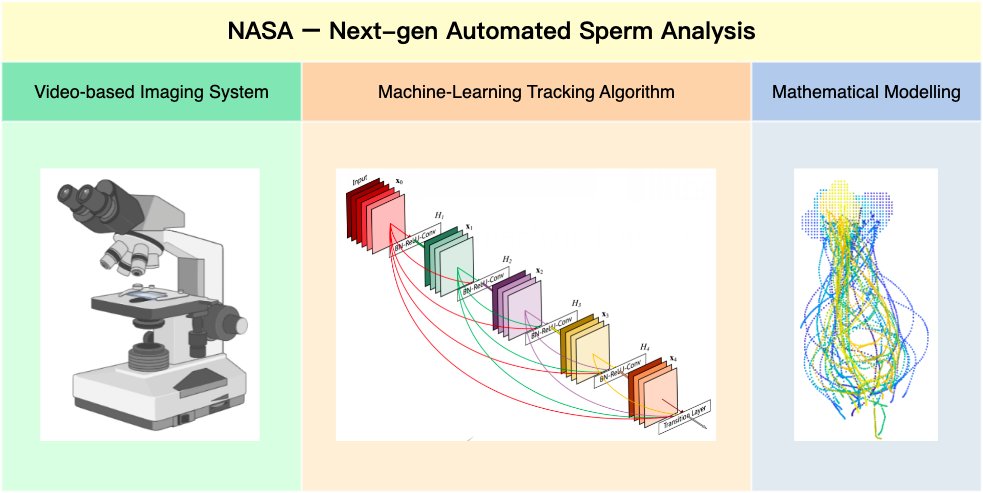Next-generation automated sperm analysis
Male infertility is associated with various disorders. Classical sperm analysis often identifies only severe motility defects, such as those caused by Primary Ciliary Dyskinesia (PCD), which may also present with multiple morphological anomalies of the sperm flagella (MMAF). However, such analyses frequently return normal results for many infertile men, indicating potential unexplained dysfunctions possibly linked to defective signaling molecules, such as ion channels. The underlying mechanisms remain elusive, primarily because sufficiently accurate quantitative methods are lacking, and the integration of sperm physiology knowledge into clinical practice has been inadequate. The project aims to develop advanced video-based imaging systems and computer vision tracking algorithms, complemented by sophisticated mathematical modelling, to quantitatively and qualitatively assess sperm dysfunctions and ciliopathies. The ultimate goal of the project is to improve the diagnosis and treatment of male infertility by identifying specific motility phenotypes and their underlying pathomechanisms.

Figure 1: Next-gen Automated Sperm Analysis. This project aims to enable the quantification and characterisation of the underlying mechanisms of sperm dysfunctions and ciliopathies, thereby enabling earlier and more specific diagnoses for male infertility as well as evidence-based treatment. To achieve this, novel video-based imaging systems and computer vision tracking algorithms will be developed, complemented by sophisticated mathematical modelling, to ultimately build the NASA (Next-gen Automated Sperm Analysis).


